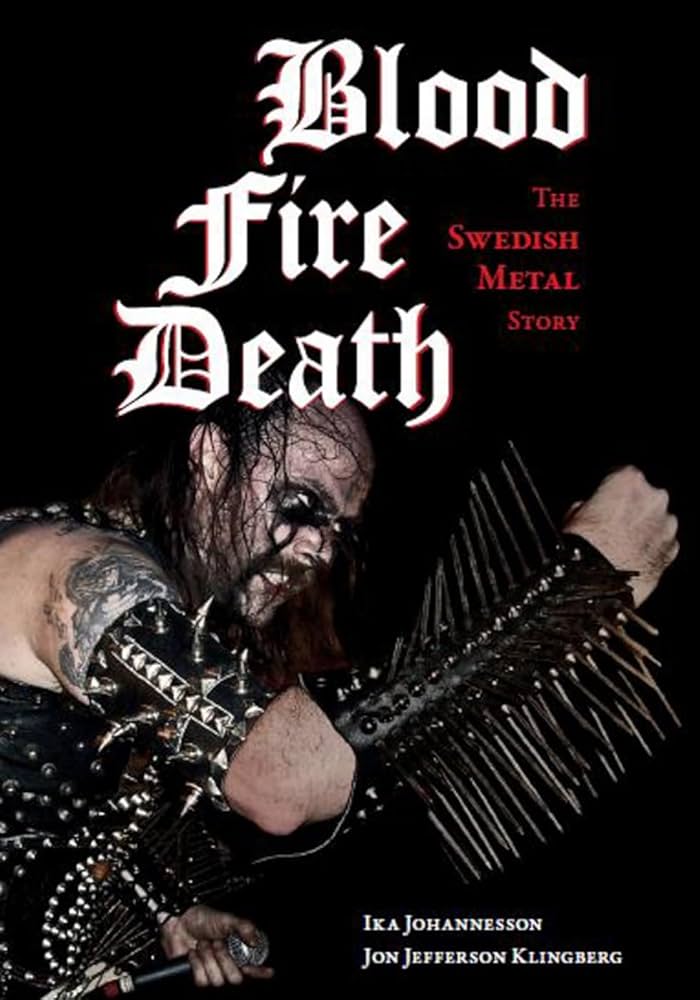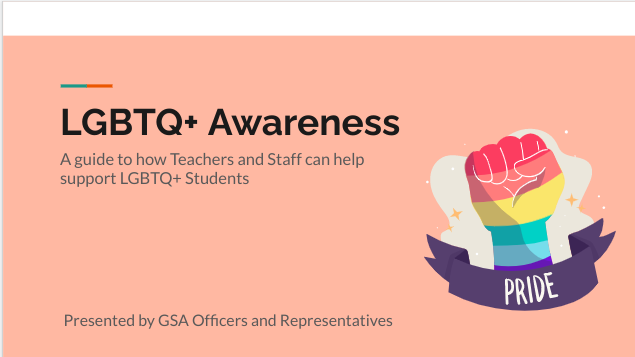Blood Fire Death, written by Swedish music journalists Ika Johannesson and Jon Jefferson Klingberg, is not just a story about Swedish music, but true tales of the aspirations of young musicians. The book begins by describing the performance of the Swedish black metal band Nifelheim, detailing the intricate homemade armor and jewelry, the almost 6-inch-long spikes that adorn most of their arms and calves, as well as the leather covering their bodies. The authors quickly jump into the storytelling, where there are almost 20 new names introduced in every chapter. On top of that, almost every musician goes by a sort of stage name, or “metal” name. Since there is no linear storyline, it’s hard to sum up what happens, but throughout all these stories, there’s a clear underlying theme: teenagers from Sweden and Norway who were introduced to metal music at a young age, but strived for ever harder, heavier beats. They sought the most intense, fastest, and most evil music that could be created. “Our intention to spread terror and devilry.” Varg Vikerness (not his real name) states in an old interview with a Norwegian newspaper, which is quoted on page 141 of this book. Which brings the question, why do these teenagers and young adults want to spread this agenda?
Ika Johannesson and Jon Jefferson Klingberg have included about every interview they could find with young musicians in this book, as well as getting inside intel from the friends of these musicians, and the musicians themselves (now grown up, and display a lot of hindsight into their activities as kids). Almost all of these Black/Death metal musicians who preach violence and satanism have something in common, and that is that they grew up in middle-class homes, living a boring and normal life. Quorothon, Varg, Euronymous, Tompa, Anders Freiden, and Nifelheim have recounted how their normal suburban lives were so boring that they just needed an outlet to cause chaos as kids. These musician teenagers were very violent, which led to strings of death threats, stabbings, beatings, arson, and murders throughout the 80s and 90s Black and Death metal scenes. The crimes predominantly took place in Norway, where Pelle Ohlin (musician who laid the groundwork for black metal vocals) killed himself with the gun that belonged to the guitarist of the band, Oystein (Euronymous). Euronymous later found Pelles’ body, proceeded to take photos of the corpse, and even stole pieces of his skull and distributed them to other bands. A few years later, Oystein was killed by Varg for unrelated band issues. Interestingly, Varg was the one who first committed arson in the scene, because Oystein had told him to do so! Varg had also been caught sending death threats to Swedish Death metal bands, voicing his disdain for the genre as a Black metal musician himself and the sole member of Burzum. Varg had even recruited a young woman, who ran in the same circles, to go set a Swedish musician’s house on fire for him. These kids had complete and utter dedication to this music genre and tried to be as evil as they could ever be, hence the tragedies that occurred.
The authors, Ika Johannesson and Jon Jefferson Klingberg, are both writers and metalheads. Ika is more of a journalist and conducts interviews, usually, while Jon has written a novel (before this one) and has a music career (Rock and Death metal). They were both born in Sweden and currently live in Stockholm. It’s not decisively clear which author writes which part of the book, because it doesn’t say. Since they are both locals and metalheads (specifically, both into Death and Black metal), you can infer that they wrote this book out of pure interest in the story and its significance in the culture of their favorite genre. Even though they don’t state it directly (until the autobiographies at the end), you can tell that they are fans of the genre in their writing. While talking about the themes in black metal within the past decade, the author states, “Today, black metal is often regarded as an art form, more than just a spectacular style of music.” (Johannesson, Klingberg 154). Since they state that Black metal music is spectacular, you can infer that this is also meant for enjoyers/supporters of the Black metal genre. Since this book is almost entirely snippets of stories and interviews from popular black metal bands and figures, ranging anywhere from 46 years ago to 6 years ago, there is no purpose other than to spread the story, and that’s exactly what readers are promised and get: the story of their favorite artists and bands.
The timeline of this book is more complex than the Dewey decimal system. Within a single chapter, there are up to 20 incredibly similar Scandinavian names thrown at you, along with quotes from them and their band names, with little to no elaboration into who they are. Every single name and band name is so similar that it’s impossible to follow, and almost half the people are named “Anders”. The chapter jumps between stories from bands, direct quotes from fanzines and interviews, the author’s (mediocre) explanation of these events’ meanings, and random facts and information. It’s all so mixed, and it’s never in chronological order. The quotes are barely even dated, so you don’t know when they’re from. One possibility is that they chose to write it this way so that they come off as more relaxed and down-to-earth, rather than a prim and polished book that you would be forced to read in class like The Lord of the Flies. The other, more in-depth explanation for this type of writing is that Ika Johannesson isn’t a novelist; she’s a journalist. Any of these chapters can be read independently and sound just like an article from any fanzine. On the other hand, Jon Jefferson Klingberg is, in fact, a published novelist, so he may be the one giving body and life to these stories and creating a book out of articles. Even though it’s extremely confusing, that just makes it a more interesting read; it feels like a sort of challenge, like if you’re truly metal enough, you could get through this book.
Of course, you do not have to be a fan of metal to enjoy this book. The in-depth storytelling and journalistic elements paint the picture of the early days of Black and Death metal, which is very stimulating for fans. Yet this is such an interesting and dark story about an entire culture that developed in Sweden and Norway. When accompanied by the unique writing style, it’s an amazing work of literature that many more people should read. Not only is it interesting, but it also gives cultural insight into Satanism as well as insight into the music industry, sexism within genres, the strive for individuality, financial issues in music, and alienation in social circles. Never judge a book by its cover, even when the cover is a photo of a sweaty guy covered in leather and spikes.




















